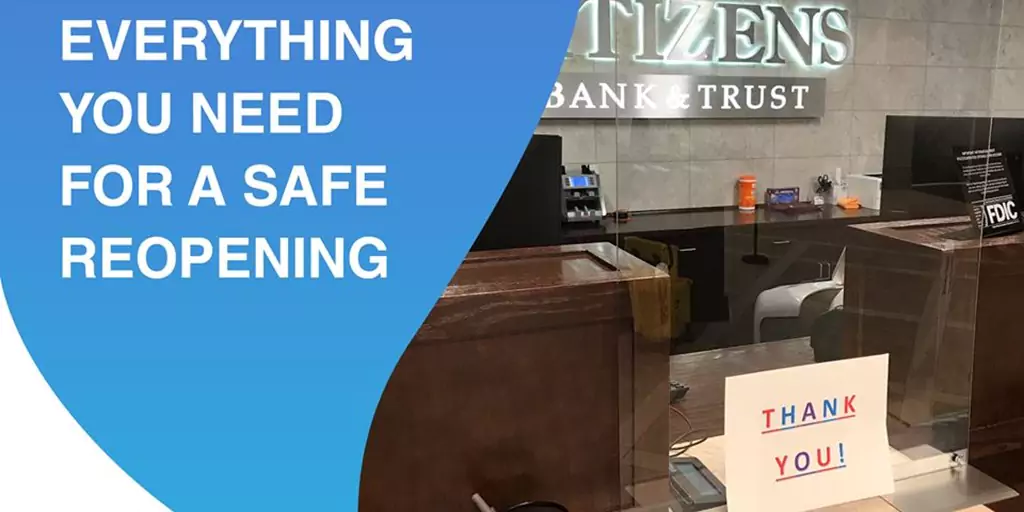Aviation has always been vital to the economy and society. While COVID 19 pandemic has already proved to be devastating for businesses of all kinds, the aviation industry in particular is amongst the hard-hits.
Airlines and air-traveling are critical to the world economy and global supply-chains. After months of global aviation industry being put to sleep, we are now seeing airports becoming lively again. International flights and domestic flights are resuming slowly. However, with the threat of coronavirus still around, we are seeing some massive changes in airport operations. The aviation industry is closely working with international health agencies to ensure a safe and healthy return to air-travel. Many airports around the world have rolled out new SOPs to minimize the risk of COVID 19 exposure in airport premises.
In this article, we are highlighting some of the major steps taken by airports in order to cope up with the new normal.
Social Distancing Markings
Social distancing markings can now be seen everywhere. As per health officials, social distancing is the most effective way to contain the spread of the virus. Airports are redesigning their premises and reviewing existing terminal capacity to accommodate passengers with ease and safety.
Ground markings and digital-signage are being installed in the airports that will provide social distancing-guidance at ticket counters, waiting areas, reception, boarding gates, customs, shuttles, and other common areas. Airport officials are also requesting people to not come inside the terminal for picking up passengers but have them come outside to be picked up at the curb.
Health Screening:
There is still no certainty on when COVID-19 will subside, which means that health screening will be mandatory of air-travel. Airports are installing advanced technological solutions such as electronic health declarations, electronic temperature sensors and smart testing kits are being introduced at the airports so that suspected positive people are screened out as they might infect others.
Airport management is also employing additional cleaning crew staff and are also introducing premises sanitization plans as per recommended by health agencies.
Acrylic sneeze guard and Plastic Shields
The virus can easily enter the body if a person comes in contact with droplets produced by an infected person’s coughing and sneezing. Airport staff is extremely vulnerable to exposure as they interact with hundreds of people on a daily basis.
Airports are installing acrylic sneeze guards at key high-traffic areas such as ticket counters, TSA security checkpoints, concessions counters, and boarding gates. These transparent plastic sheets act as protective barriers and minimize the flow of respiratory droplets. Sneeze guards also come in different types such as sneeze guard on wheels – a large plastic protective shield that comes with wheels and can easily be placed from one place to another.
Touchless Passenger Processing:
Airports are resorting to advanced technologies to reduce the spread of COVID 19 and pathogens beyond. Some airports are now introducing hands-free passenger self-processing solutions and facial recognition technologies to deal with the current crisis as well as prepare for the future.
